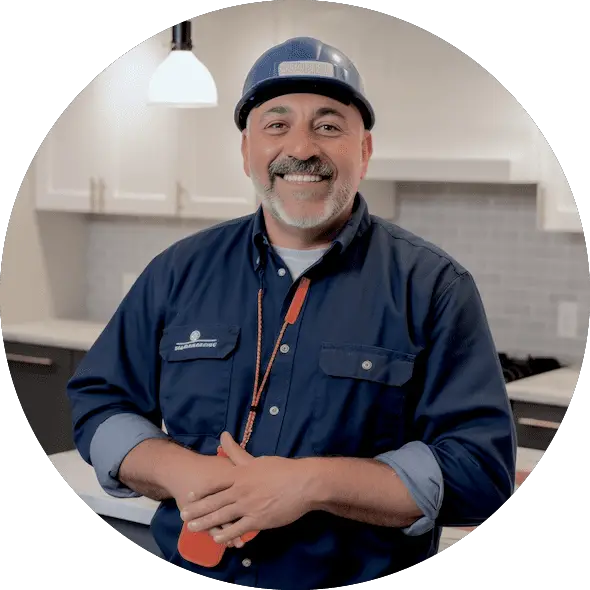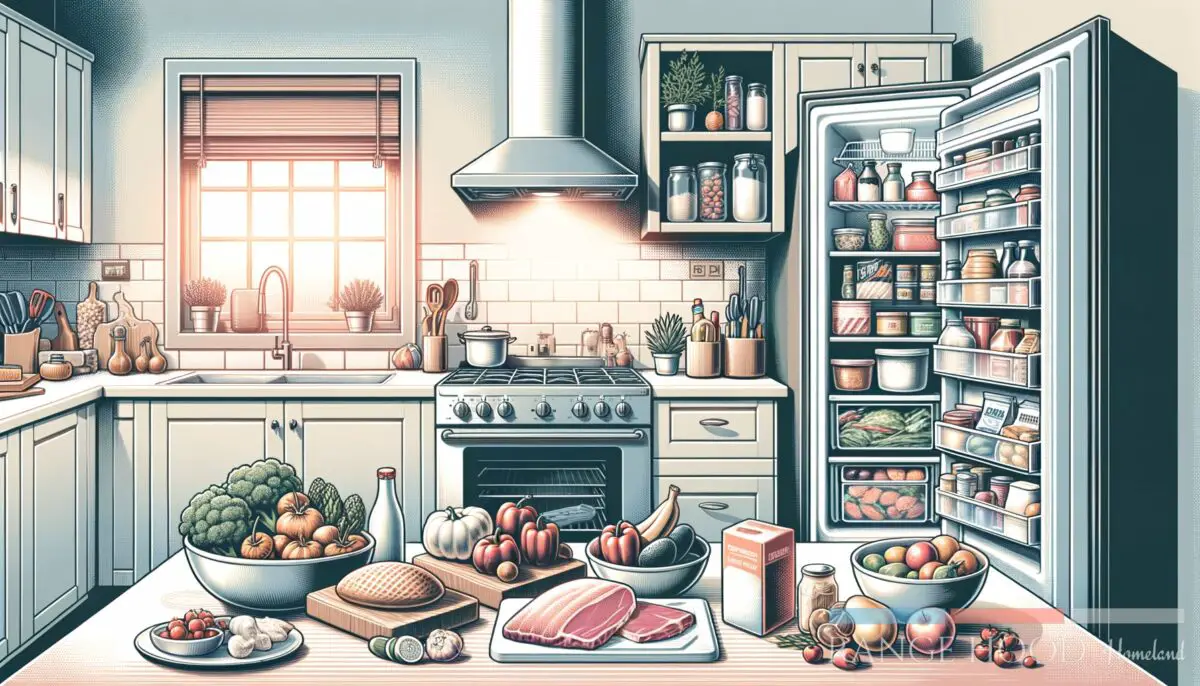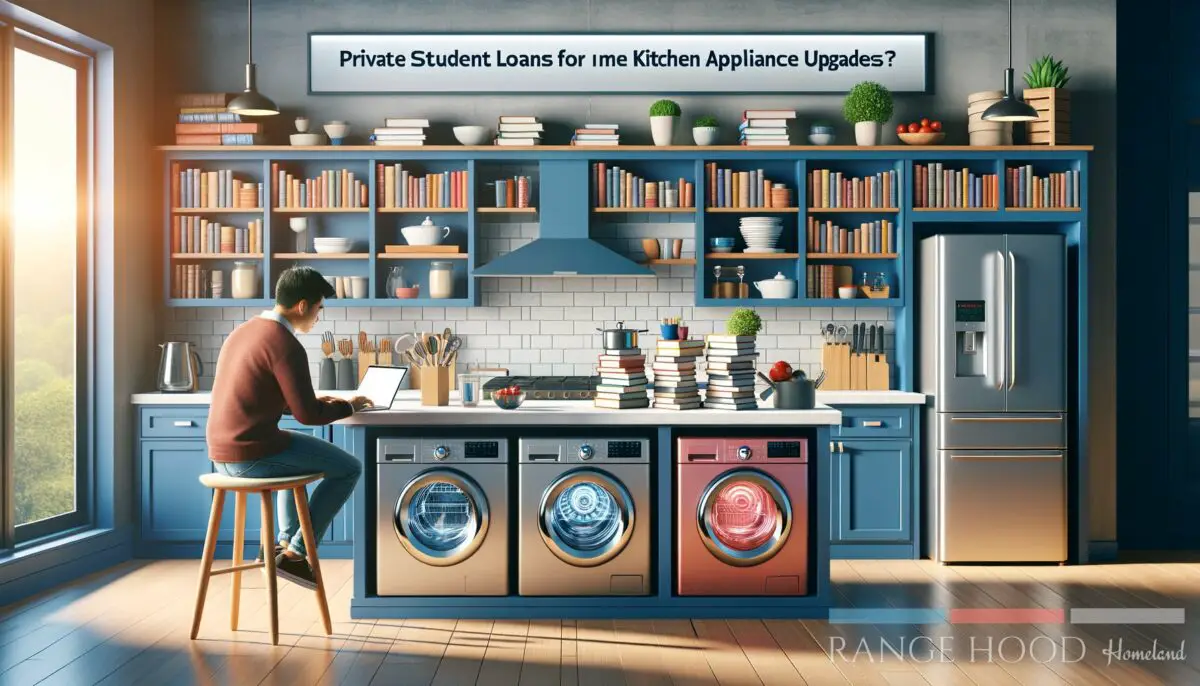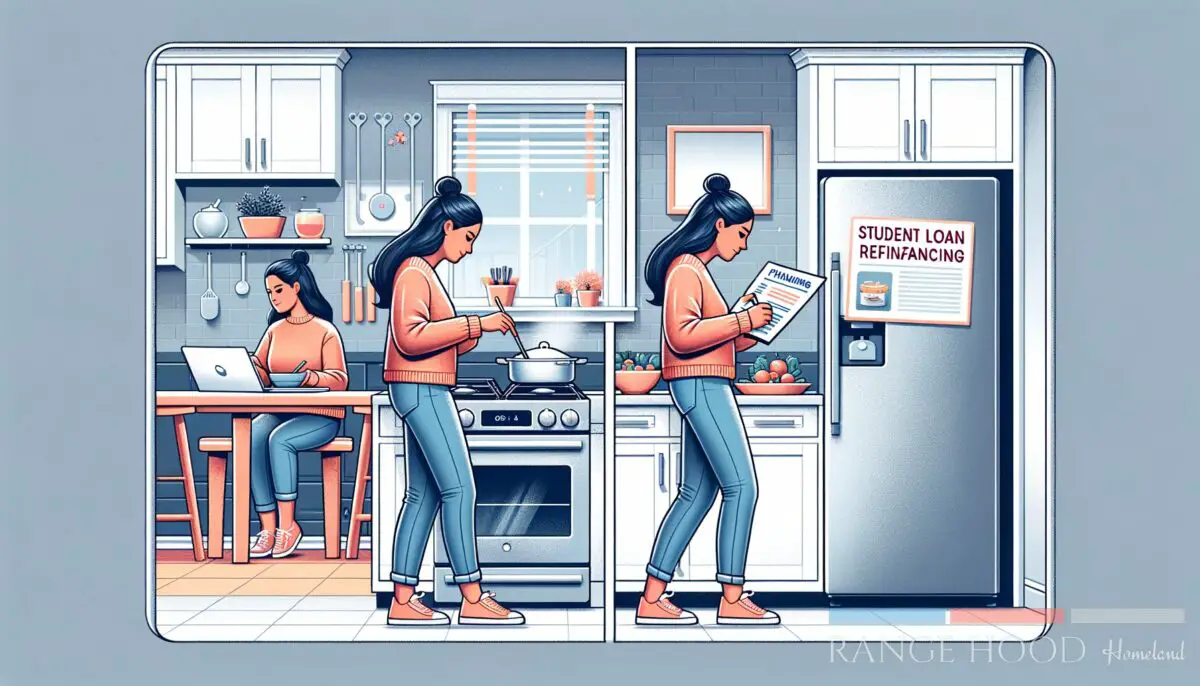Kitchen ventilation is one of the most important things you can do to improve your home’s air quality. Not only does good ventilation help remove cooking and cleaning fumes, but it also allows fresh air to replace stale air, which reduces the risk of allergies and asthma attacks.
In this post, we’ll discuss some of the most common kitchen ventilation issues and give tips on solving them. So you can rest assured knowing your family won’t be harmed by cooking fumes or foul odors.
Why is good kitchen ventilation so important?
One of the many reasons your home’s ventilation system is so important is that it controls the humidity level. Smoke, steam, airborne particles, and scents released during food preparation and cooking have been shown to aggravate respiratory conditions and cause skin and eye irritation.
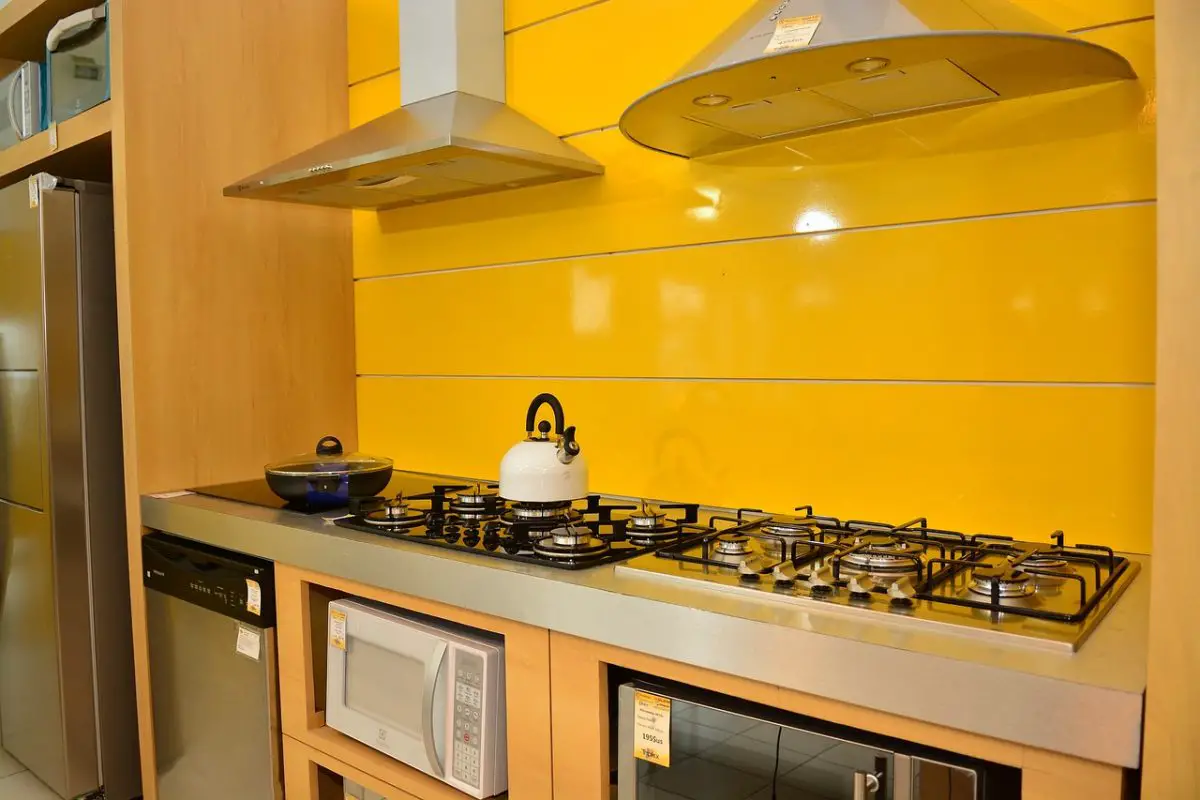
With proper ventilation, moisture, smoke, cooking odors, and other pollutants can be expelled from the house. If you want to protect your house and your health, it’s best to make sure there are no obstacles to the airflow.s
COSMO COS-63190S Wall Mount Range Hood

COSMO COS-63190S Wall Mount Range Hood
Causes for poor kitchen ventilation
Many factors might contribute to stale air in your kitchen. Some of the most common offenders are listed below.
1. Not using a range hood
People don’t use an exhaust fan nearly enough. Before cooking, ensure the exhaust fan is turned on above the stove. Make sure to activate it before any oil, steam, or smoke rises. The range hood fan effectively re-directs stale indoor air toward the outside air.
Unfortunately, only 13% of households in a 2016 California IAQ survey reported regularly using the exhaust fan when cooking. According to the research, most of us don’t use the fan because we either don’t see the need to (48%) or find it too loud (21%).
2. Not venting the air outside.
What use are a kitchen hood and a fan if they don’t properly vent cooking odors and steam out of the home? Most kitchen exhaust fans have a problem in that they don’t vent to the outside. Even though it’s standard, some kitchen exhaust fans only recycle the air in the room via the hood above your oven, where it’s filtered. In this situation, there may be a fault or obstruction in the hood or filter, resulting in low capture efficiency.
3. Low capture efficiency
Many people have good intentions of maintaining a healthy home environment, but their hoods capture efficiency is poor. This is common if you use an OTR microwave hood, which has a weak capture area and low CFM.
A stove or range can draw in 100 cubic feet of air for every one thousand BTUs produced. It’s simpler to accomplish this with an electric stove, where 400 CFM is sufficient, but gas stoves produce more BTUs.
4. Not cleaning your exhaust system.
The ventilation system in the kitchen must be regularly maintained. Cooking smoke, steam, and grease residue may contaminate ventilation system ducts, hoods, and fans. Leaving the exhaust system dirty may cause a variety of problems. Therefore, the exhaust system should be checked often and cleaned frequently.
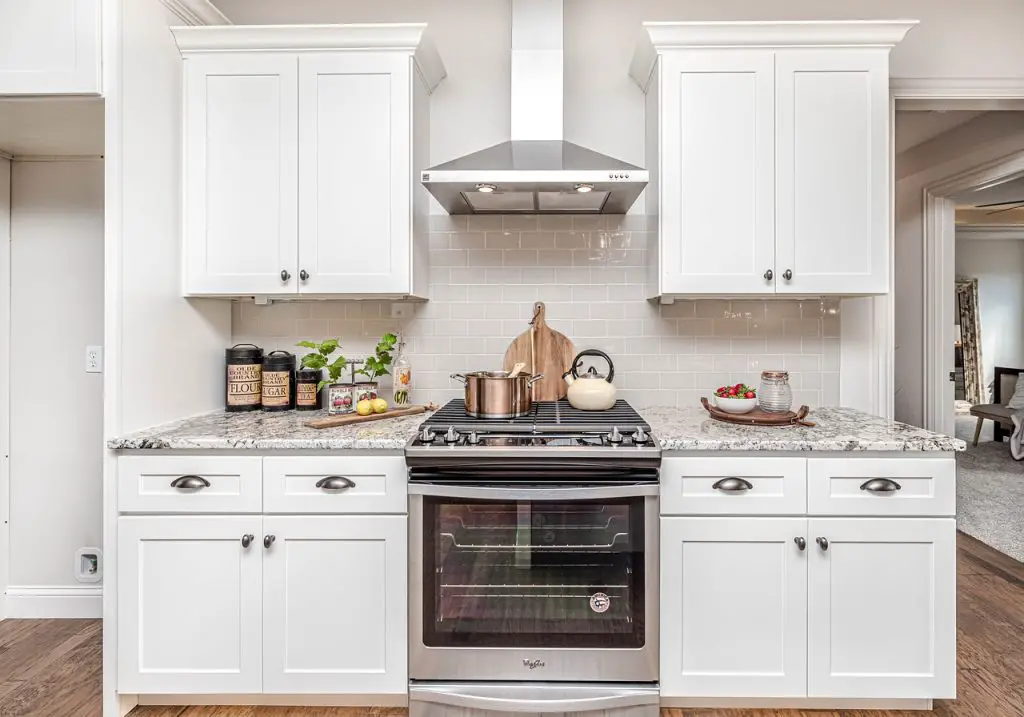
What you can do to improve your indoor air quality
You can do a lot to improve your indoor air quality.
1. Open the windows.
Bringing in fresh air from the outdoors is perhaps the simplest thing you can do to improve air quality in your kitchen. Usually, all it takes is cracking a window.
2. Use a range hood.
Some of the most common sources of air pollution in the house are the kitchen and the bathroom. Make sure to run the kitchen exhaust fan when you cook. And if your kitchen doesn’t already have an exhaust fan, you should get one installed.
If you are constructing a new house or renovating an existing one and want to install a range hood, you should buy one that fully covers all the burners and has the correct sizing and vents to the outside. Cooking on the back burner will increase your capture efficiency.
A few minutes before you start cooking, turn on the range hood for optimal results. Please turn it on and let it run for approximately 15 minutes once you’re done using it. Choose the proper speed for models that provide more than one, depending on how much food you need to cook. The maximum heat setting should be used while stir-frying. When taking care of ductless units, change the filters when the manufacturer says to (usually every two months for normal use).
3. Get an indoor air monitor.
Consider installing a home air quality monitor if you haven’t already. The Awair Element is an excellent device for gauging such environmental factors as temperature, humidity, carbon dioxide, particles, and volatile organic compounds (VOCs).
As opposed to a carbon monoxide detector, a low-level CO monitor is the superior device for detecting the presence of this gas. TruTech Tools has both the Defender and the CO Experts versions of this item, both of which are of the highest quality.
4. Use an air purifier.
An air purifier is a fantastic investment if you reside in a location where the air quality is less than ideal. Air purifiers are devices designed to rid the air of contaminants, including dust, dirt, odors from cooking, and odors from pets. Larger particles, such as dust and grime, are easier to remove using an air purifier than gases like carbon monoxide or formaldehyde.
However, if you have an air purifier equipped with an activated carbon filter, those lingering smells of dinner may be gone in no time. In addition, mold may be prevented with the use of a dehumidifier and air purifier.
If you want even more tips and insights, watch this video called “Kitchen Rangehood Ventilation Solutions” from the Efficiency Matrix YouTube Channel.
A video called “Kitchen Rangehood Ventilation Solutions” from the Efficiency Matrix YouTube Channel.
Frequently asked questions (FAQ)
Do you still have questions? Below are some of the most commonly asked questions about kitchen ventilation issues.
How do you fix poor ventilation in a kitchen?
Even the occasional use of a gas stove resulted in emissions that would be banned in outdoor settings. In addition, nitrogen dioxide is a harmful by-product of combustion produced by all cooking appliances, not only gas stoves. Thankfully, range hoods and other simple steps may reduce toxin levels by more than half.
What ventilation is needed in a kitchen?
A kitchen exhaust system is the most effective way to eliminate airborne contaminants from cooking areas. However, a range hood will also offer necessary kitchen ventilation and can fit in most kitchens if a ducted ventilation system is costly or too complex to install.
How can I remove microscopic particles or spores from my home?
Filtration may be provided by a portable high-efficiency particulate air (HEPA) cleaner in the absence of an HVAC system, or it can be improved upon in the presence of an HVAC system. These filters effectively capture particles released through human respiration, coughing, and sneezing, making them the best option
Conclusion
It’s important to have a clean and well-ventilated kitchen so you don’t end up with health issues or irritation.
This article covered the importance of good kitchen ventilation, the causes of poor kitchen ventilation, and what to do to improve air quality. Here are some key takeaways:
Key takeaways
- The last thing you want to do when making meals is stand in a hot, steamy oven.
- Many factors might contribute to stale air in your kitchen.
- Numerous alterations may be made to the domestic environment to raise the standard.
- One of the most important features of any commercial kitchen is sanitation.
- Air is good, but exhaust hoods are not a cure-all; the hood should be big enough to catch the bad smells and exhaust them out of your kitchen.
So, what issues do you face with your kitchen ventilation? And did I cover everything you wanted to know? Let me know in the comments section below (I read and reply to every comment). If you found this article helpful, check out my full blog for more tips and tricks in your kitchen. Thanks for reading, and stay safe.

